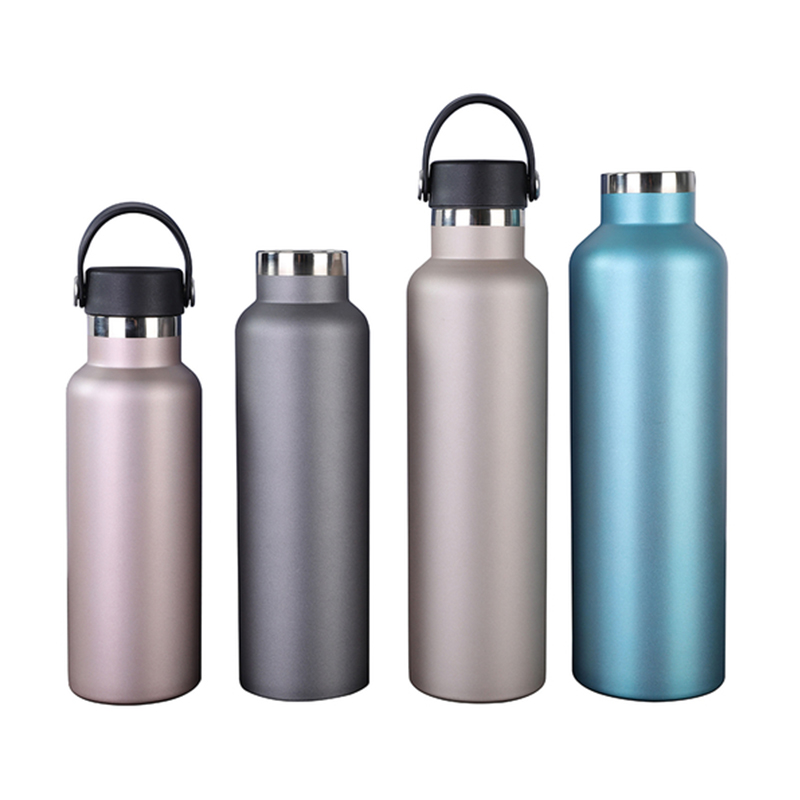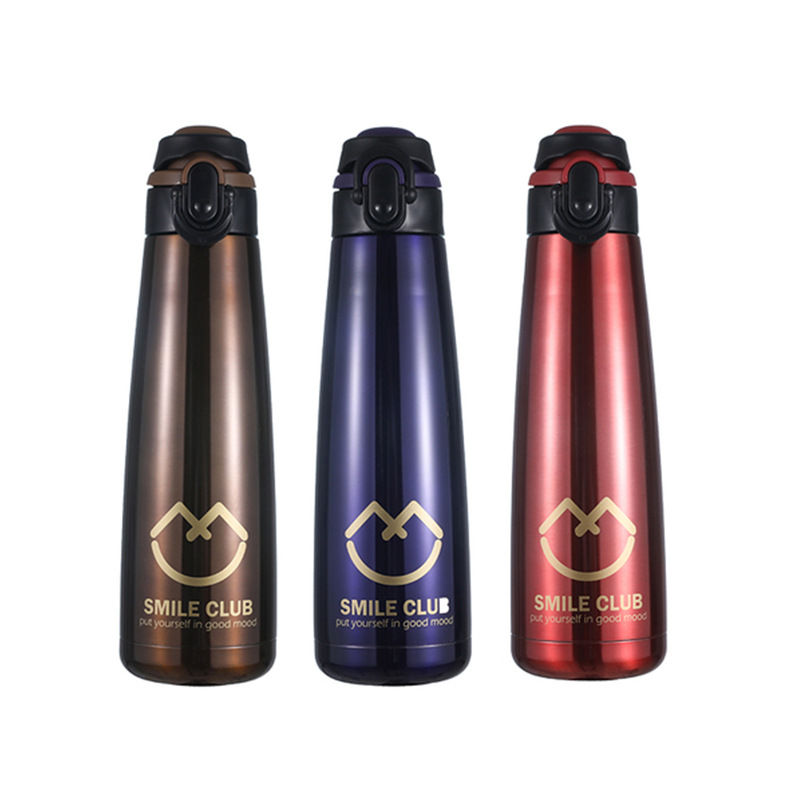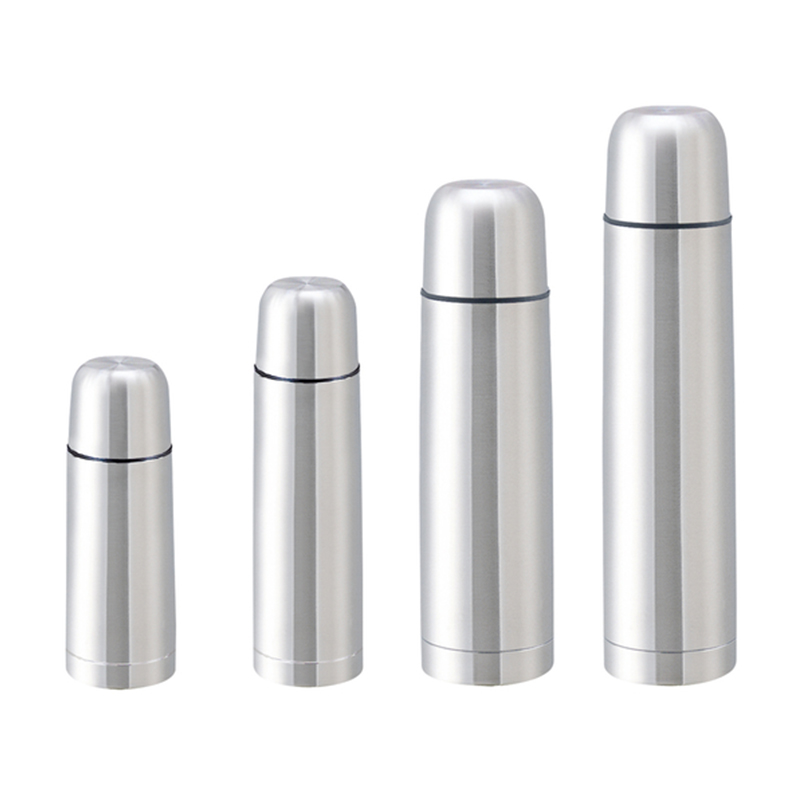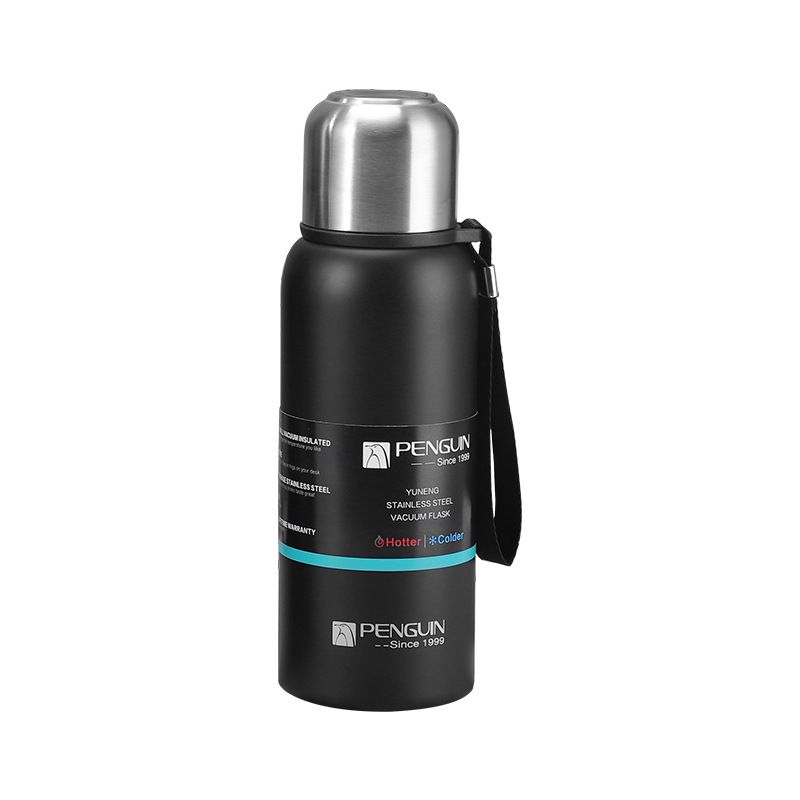What Are the Differences Between Plastic Water Bottles?
2025-08-15
One of the primary differences among Plastic Water Bottles factory lies in the type of plastic material used during production. The commonly used materials are polyethylene terephthalate (PET), high-density polyethylene (HDPE), low-density polyethylene (LDPE), and polypropylene (PP). PET is often used for single-use Plastic Water Bottles, such as those found in retail beverage packaging. It is lightweight and transparent, making it ideal for displaying water clearly to consumers. On the other hand, HDPE is more commonly used in reusable Plastic Water Bottles, particularly those designed for sports or industrial applications. HDPE offers greater resistance to impact and is less likely to leach chemicals under normal usage conditions.

LDPE and PP are used in some specialty Plastic Water Bottles, often where flexibility or heat resistance is required. PP, in particular, is suitable for Plastic Water Bottles that may be used with hot liquids or placed in dishwashers. Each of these materials has unique mechanical and chemical properties, so understanding the plastic type can help determine how a bottle should be used and how long it may last.
Another key difference lies in the design and structure of Plastic Water Bottles. Some are engineered for single-use, meaning they are lightweight and not intended for repeated filling or cleaning. These often feature thin walls and simple caps. In contrast, reusable Plastic Water Bottles tend to have thicker walls, more secure lids, and added features such as built-in straws, ergonomic grips, or measurement markers. The strength and thickness of a bottle can directly affect its durability and how it performs in daily use, whether at home, at the gym, or on the go.
Manufacturing methods also create differences in Plastic Water Bottles. Blow molding and injection molding are the two common techniques. Blow molding is typically used for lightweight, mass-produced bottles, especially PET containers. Injection molding is used for more durable Plastic Water Bottles, allowing for more precise shapes and the integration of added features. The selected method affects not only the form and function of the final product but also the cost and environmental impact of the manufacturing process.
Cap and sealing mechanisms further distinguish various types of Plastic Water Bottles. Simple screw caps are standard on many bottles, but others include push-pull tops, flip lids, or locking mechanisms to prevent leakage. For sports or travel use, bottles with integrated valves or bite mechanisms provide convenience during physical activity. The design of the cap contributes to the bottle's practicality and can influence hygiene and ease of use.
From an environmental perspective, Plastic Water Bottles vary in terms of recyclability and reusability. While PET bottles are widely recycled, they are generally not designed for repeated personal use. Reusable bottles made from HDPE or PP are more environmentally friendly in the long run, especially when used consistently to replace single-use options. Some Plastic Water Bottles are now manufactured with a percentage of recycled content or designed to be biodegradable under industrial composting conditions. The sustainability profile of a bottle depends on both the material used and how it is disposed of.
Another factor to consider is health and safety. BPA-free labeling has become common on reusable Plastic Water Bottles in response to concerns about chemical leaching. While BPA is associated with polycarbonate plastic (less common in today's bottle market), consumer awareness has led to the development of new plastic formulations that avoid such compounds altogether. Some bottles are also tested for compliance with food contact regulations, offering additional assurance for safety.



 English
English  日本語
日本語  Deutsch
Deutsch 


































